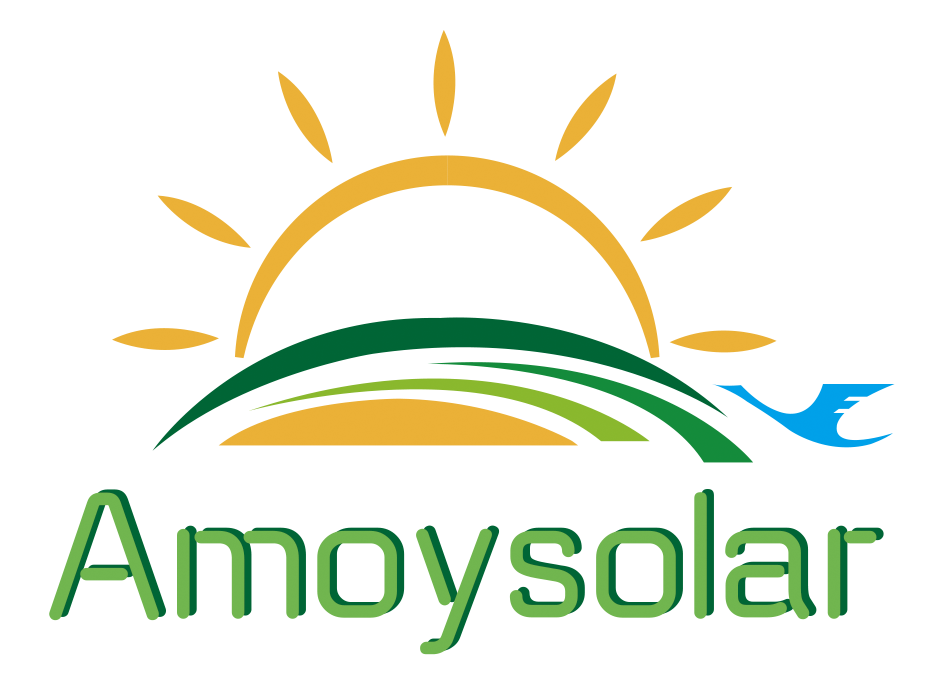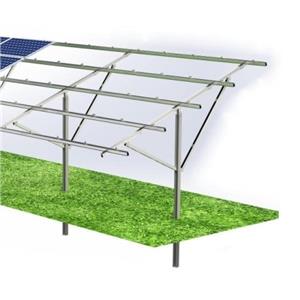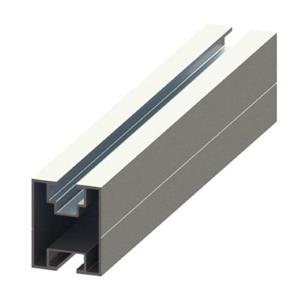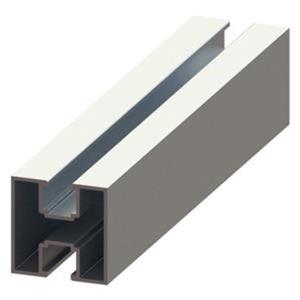Photovoltaic brackets blindly pursuing low prices will only reduce investment benefits
According to relevant statistics, in a large-scale solar power station project, the construction and installation costs account for about 21% of the total investment in the photovoltaic project, while the investment in the solar photovoltaic bracket only accounts for about 3% of the total cost. Therefore, relative to the high investment of solar power plants, the fluctuation of the cost of the support is not a sensitive factor. The cost of choosing a high-end support is only increased by less than 1%. However, if the selected support is not suitable, the subsequent maintenance cost will be greatly increased. The overall consideration is not Cost-effective.
Photovoltaic power station system brackets are not without technical content, blindly pursuing low prices, in fact, is an unwise way to reduce power station revenue.
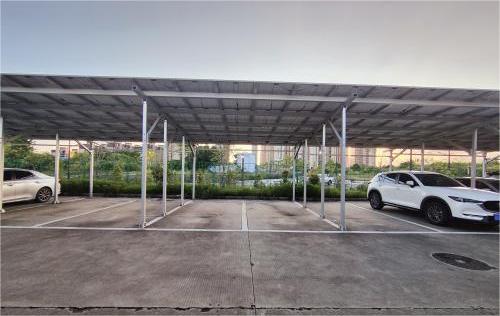
So, what is the current situation of the stent market?
In the early stage of photovoltaic power station construction, photovoltaic support products did not receive due attention. The fixed, low-profile brackets have low cost, low technical content, and are widely used. However, as the amount of installation increases, problems gradually emerge. Some of them become rusty before installation, and the cost of reinstallation accounts for the total project About 10% of the cost has caused huge losses to the project.
However, the design principle of the tracking bracket with higher power generation efficiency is not complicated, and there are still shortcomings in market promotion. The biggest pain point is reliability. Some tracking products on the early market often had defects such as motor and controller misalignment, rotating system failure, and bearing slippage. The impact was bad and many investors were afraid to try again. Another pain point is cost. Under the general situation in the industry, the investment of a power station with flat single-axis tracking will increase by 0.5-1.4 yuan/watt, an oblique single-axis will increase by 1-1.5 yuan/watt, and a double-axis will increase by 2.5-3.5 yuan/watt. Higher cost tracking products will not be very attractive to developers.
At present, the most commonly used tracking bracket on the market is the passive tracking (sunflower tracking) bracket. Regarding the form of its rotation, whether it is tracking the Japanese (sunflower) or real-time tracking, whether it is flat single-axis, oblique single-axis tracking or dual-axis tracking, its characteristic is: controlling the photovoltaic support to drive the components to implement tracking and alignment The sun achieves high-efficiency power generation; its disadvantage is that in order to face the sun to improve power generation efficiency, the bracket must frequently rotate and track, which leads to complex tracking systems, short service life, poor reliability, high maintenance and investment costs, and corresponding reductions The power generation revenue.
With the continuous advancement and maturity of the technology of outstanding manufacturers in the industry, the production cost of photovoltaic tracking products is declining, and the reliability is also constantly improving. According to the authoritative research organization ZionResearch, the global solar tracker demand output value is 6.37 billion by 2020. Dollar.
Between 2015 and 2020, the global solar tracker compound growth (CAGR) was 17.6%. Benefiting from the vigorous development of the global solar tracker market, the Chinese solar tracking system market will also usher in the spring, so in the process of vigorous development, technological innovation is particularly important.
The "active smart photovoltaic mounting system" recently researched and launched on the market directly increases the power generation by more than 25%, recovers the investment 1 to 2 years earlier than the best inclination fixed mount, and at least 2 years earlier than the flat roof of the factory building:
1. Increase power generation by about 25%;
2. Reduce the cost of electricity by about 15%;
3. Indirectly save investment costs by more than 10% (including: ①no need to build special fire and maintenance roads in the power station; ②free from weeding; ③full release of land resources; ④good ventilation, correspondingly increase power generation; ⑤off the roof to install, save In the last 25 years, the cost of house aging, renovation, leak repair, disassembly of brackets, and components).
4. The support is heightened and arranged at intervals, the land is comprehensively and efficiently used, and the economic benefits released are huge.
In the long run, improving the performance and quality of the mounting bracket can make the system operate safely and reliably for 25 years. I believe this is very necessary and correct to ensure the maximum investment benefit.
